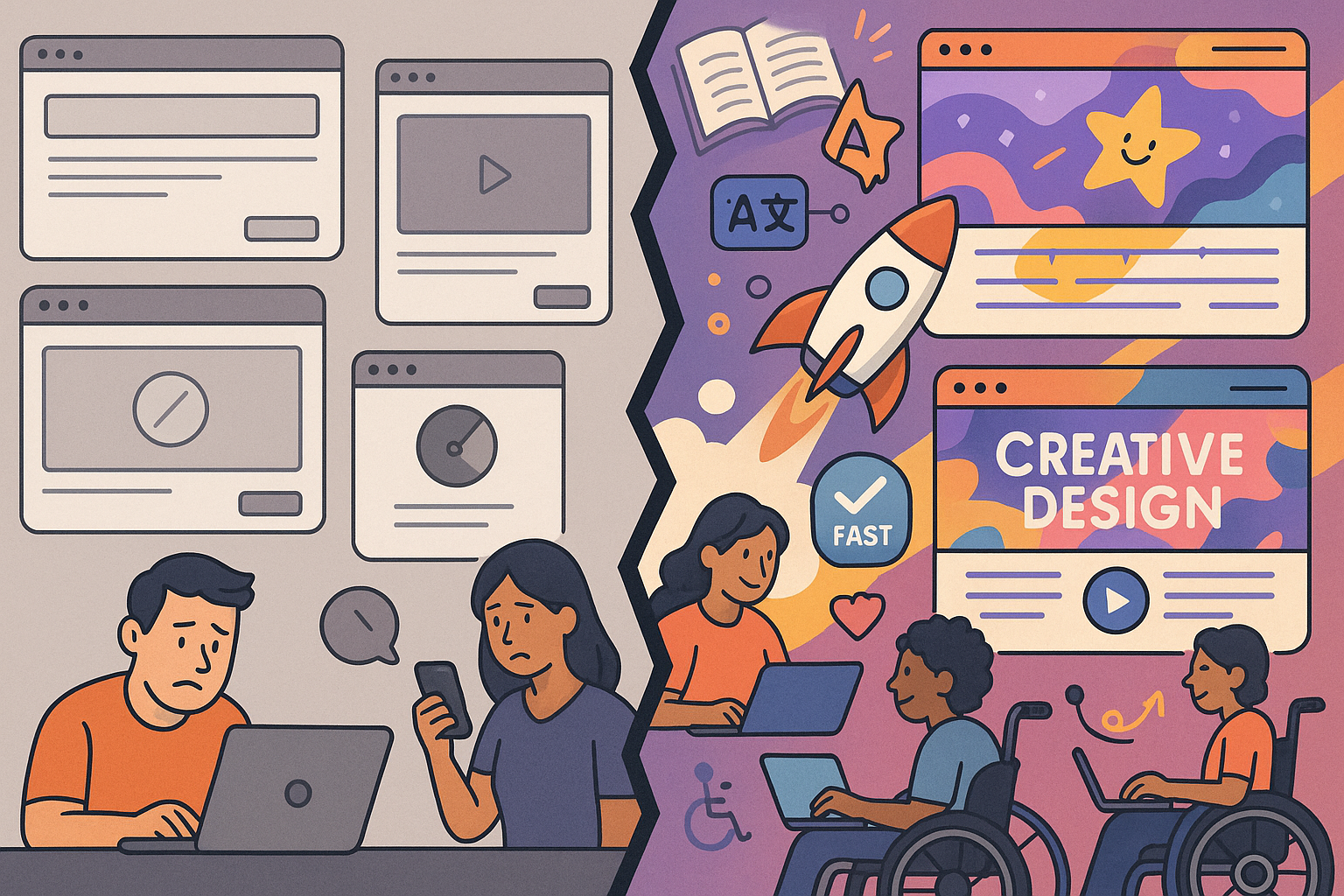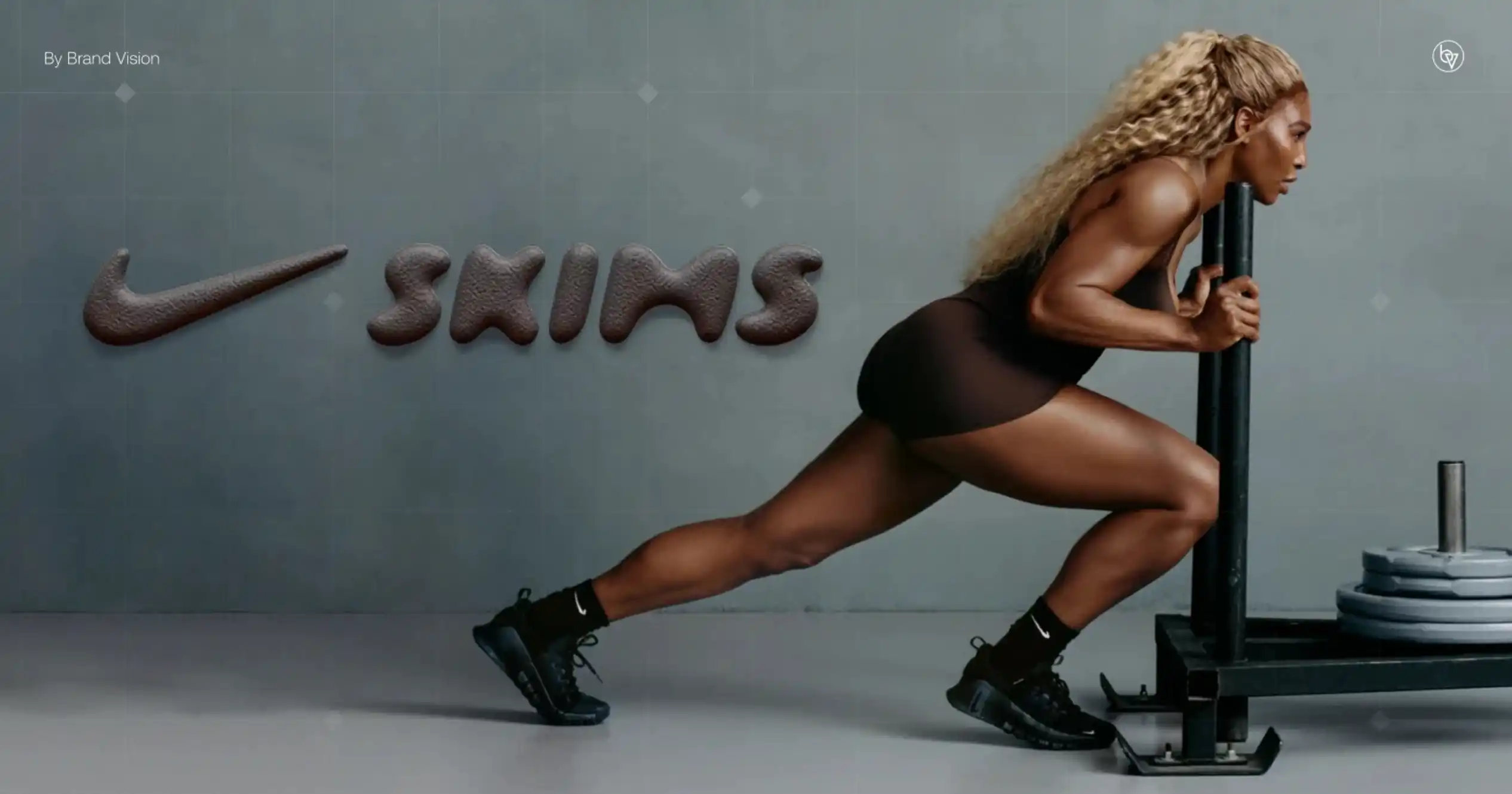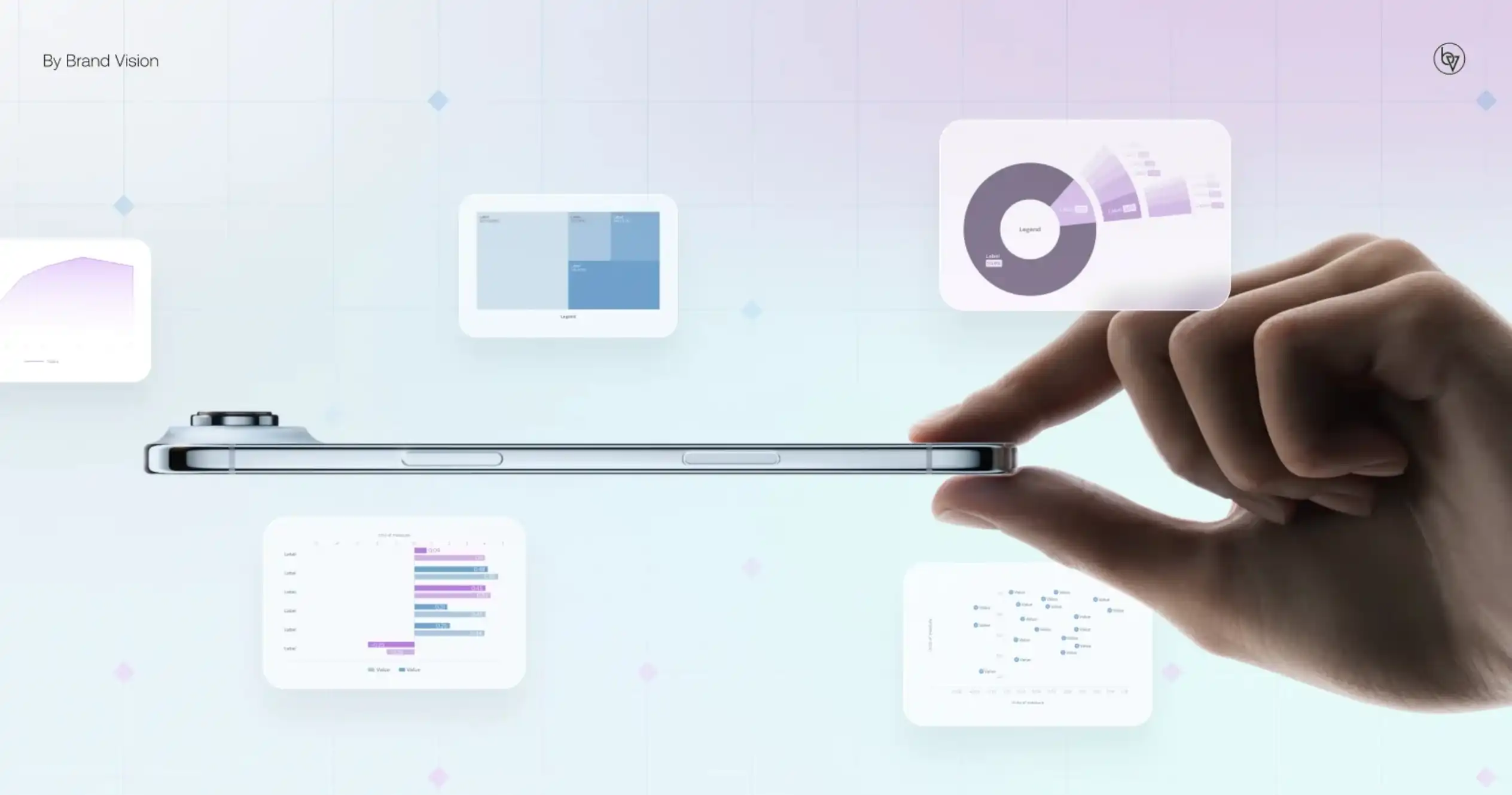Why Modern Web Design Is Broken (And How to Fix It Before 2026)
Updated on
Published on

The internet isn’t what it used to be—and neither is web design. Once a playground for creative minds and pixel-perfect artists, the digital landscape has gradually turned into a battlefield of cookie-cutter templates, sluggish UX, and mindless trends. The truth? Most modern websites look the same. And worse—they feel the same. So how did we get here, and more importantly, how do we get out?

In the early 2000s, web design was raw and chaotic. Sites were unpredictable, sometimes awful, often brilliant. But at least they had personality. Today, in the age of no-code builders and AI-assisted layouts, we’ve traded character for convenience. A shocking 94% of first impressions now relate to design, yet countless brands still rely on clunky, bloated interfaces that frustrate more than they inspire.
Take the hero section for example. Once a blank canvas for storytelling, it’s now a checklist: logo top-left, call-to-action center, meaningless background video looping silently. Sound familiar? This templated sameness is killing engagement. When everything looks "modern," nothing stands out.
The problem deepens when we look at performance. Google’s research found that 53% of mobile users abandon a site that takes longer than three seconds to load. Yet many web designers still prioritize aesthetics over speed, ignoring fundamental principles like lazy loading, optimized assets, or asynchronous script handling. Design isn’t just about looking good anymore—it’s about functioning flawlessly across every screen, every connection speed, every moment.
And then there’s accessibility. Despite increased awareness, many designers treat it as an afterthought. Real inclusivity means more than adding alt text. It’s about building a digital world that’s usable for everyone—regardless of ability, language, or device. And that takes strategy, empathy, and time—not just toggling the "accessible font" checkbox in your page builder.
Interestingly, some designers are now drawing inspiration from unexpected places to reclaim creativity. For instance, the narrative rhythm used in sports journalism has begun influencing storytelling layouts on content-rich websites. Much like baseball’s structured pacing—which is surprisingly nuanced if you look into cuantas entradas tiene el beisbol —web design too must balance flow, pauses, and user anticipation. Just as a well-timed inning builds tension, a great user experience unfolds intentionally, with deliberate momentum.

So how do we fix modern web design? The answer isn’t radical minimalism or retro maximalism—it’s intentionality. Every pixel, every hover state, every scroll interaction must have a purpose. This is where storytelling meets systems thinking. Instead of starting with a blank screen and a color palette, designers should start with a question: what emotion should this page evoke? What action should it drive?
Web design needs to stop copying and start connecting. Some of the best work today is happening at the intersection of disciplines—designers studying psychology, writers learning code, developers dabbling in motion graphics. This convergence is the secret sauce behind the websites that actually make users pause, interact, and remember.
Ultimately, the future of web design lies not in perfection, but in personality. Clean lines and semantic code are just the beginning. The real magic happens when design dares to be bold, strange, human. The next era of the internet demands designers who are less obsessed with frameworks and more obsessed with feelings.
Because the websites that win aren’t always the most optimized—they’re the most alive.







